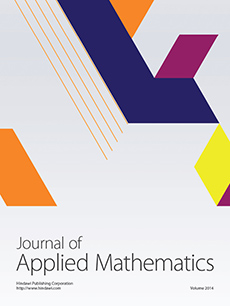Abstract
Aerodynamic heating due to turbulence significantly affects the operation of high-speed vehicles and the entrainment of fluid by turbulent plumes. In this paper, the heat generated and convected by fluid turbulence is examined by rearranging the Navier-Stokes equations into a single equation for the fluctuating dependent variables external to unsteady chaotic motions. This equation is similar to the nonhomogeneous heat equation where sources are terms resulting from this rearrangement. Mean and fluctuating quantities are introduced, and under certain circumstances, a heat equation for the fluctuating density results with corresponding mean and fluctuating source terms. The resultant equation is similar to Lighthill’s acoustic analogy and is a “heat analogy.” A solution is obtained with the use of Green’s function as long as the observer is located outside the region of chaotic motion. Predictions for the power spectrum are shown for high Reynolds number isotropic turbulence. The power spectrum decays as the inverse of the wavenumber of the turbulent velocity fluctuations. The developed theory can easily be applied to other turbulent flows if the statistics of unsteady motion can be estimated.
Acknowledgments
This work is inspired by and dedicated to the creative ideas of Sir M. James Lighthill, FRS.
Citation
Steven A. E. Miller. "Analytical Solution of Heat Conduction from Turbulence with an Isotropic Example." J. Appl. Math. 2021 1 - 8, 2021. https://doi.org/10.1155/2021/7386215
Information





